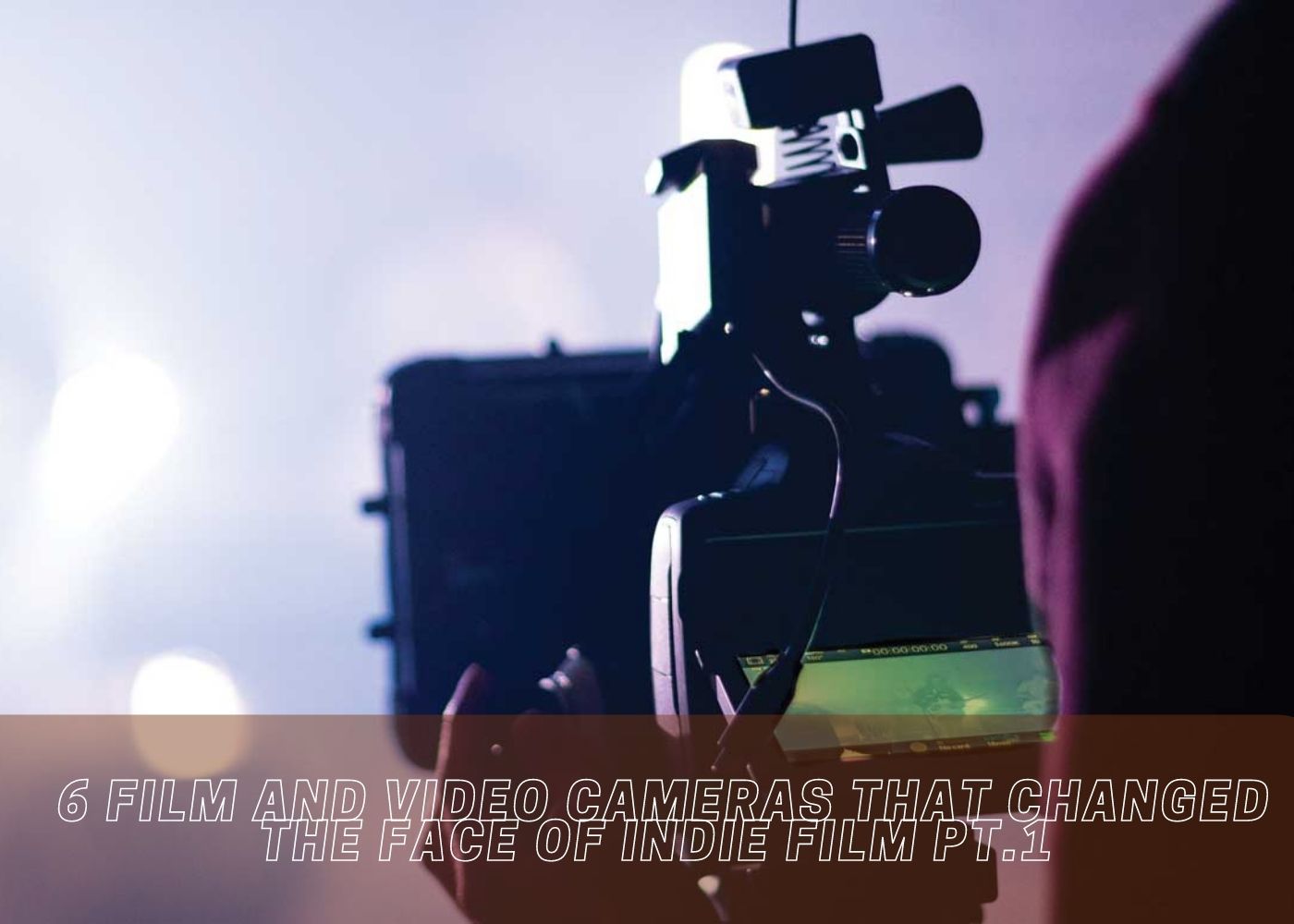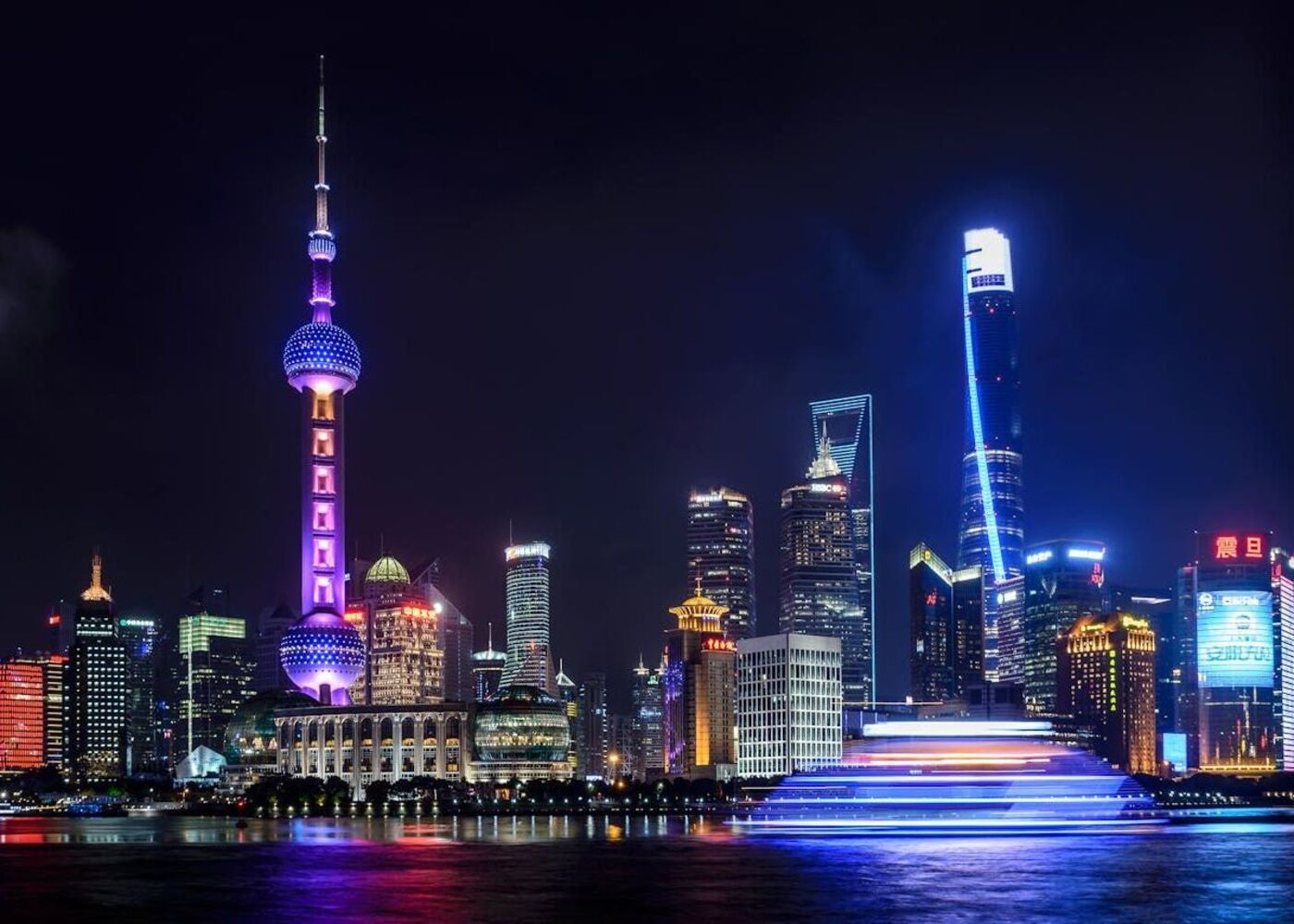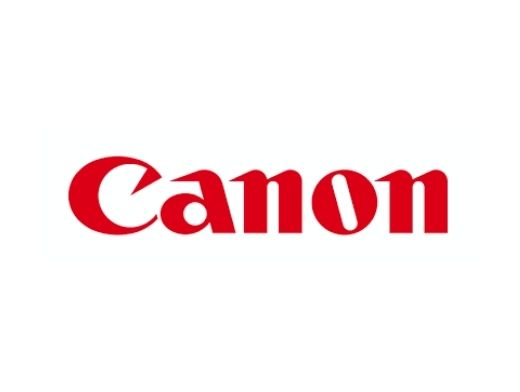The term “game-changer” is used more generously these days, such that just about every camera manufacturer assumes that their camera is the next big thing in the industry. Although some of such cameras made by these manufacturers can, indeed, be impressive in design and features; still, more often than not though, the features, specifications, or overall quality of the images that the cameras produce fall short of the game-changing claims that they make.
As a personal opinion, I believe that for a camera to truly be revolutionary in the independent film world, it not only needs to deliver wonderful images but also offer new technology that hasn’t been seen before, packaged affordably.
1. BOLEX H16
Shooting on film today can prove to be an expensive expenditure, not just because very little film stock is being produced, but also because the number of labs that can actually process the footage is quite a few. And even though shooting on film was much easier and a little more accessible a few years ago, the truth nevertheless is that the process has always been a fairly expensive medium; especially when such shooting was done on 35mm motion picture film.
In reality, in the early days of cinema, filmmakers required a considerable amount of cash to finish even the most basic of projects, leaving ambitious artists with little or no choice but to produce their own films despite the difficulties of obtaining the significant funding that their projects required. That was the problem for filmmakers, at least until cameras like the Bolex H16 were available.
Bolex had been making film cameras since the late 1920s, but it wasn't until the late 1930s and early 1940s that the H16 camera had its biggest effect. The objective of this camera, like with the rest of Bolex's products, was to provide a low-cost consumer-level film camera that used 16mm film and produced images that were comparable to those produced by true cinema cameras.
However, what the firm could not have predicted when it produced the H16 was that it would have such a profound influence in cinema history that it would be considered one of the most famous movie cameras of all time.
Because of its sophisticated and sturdy mechanics, the camera functioned so well that many people compared it to a Swiss watch, and it was able to generate images that were closely similar to those produced by higher-end 35mm motion picture cameras of the time.
For decades, the Bolex H16 camera was the camera of choice for low-budget filmmakers, and it is still in use today. In fact, two of the most well-known directors of all time, Steven Spielberg and Darren Aronofsky, both worked with the Bolex H16 camera early in their careers, as did numerous other music videos, documentaries, and independent films from years ago. In many ways, the H16 was a precursor to some of today's digital cinema cameras, which deliver huge effects at a low cost.
2. BLACKMAGIC CINEMA CAMERA
The introduction of the Blackmagic Cinema Camera; a $3000 camera that could produce images that were similar to those made by RED, which was already in the market, but at a far lower cost, was truly revolutionary; and it arrived with the most sophisticated color grading software in existence.
However, it wasn’t just the cost of the camera that was revolutionary, it was also because the BMCC was designed from the bottom up to be used with third-party hardware unlike the Red ONE. Thus, rather than spend thousands of dollars on a RED Mag, one could get a standard computer SSD for a fraction of the cost of the latter and start filming right away.
Another reason why this camera was considered revolutionary was the fact that it was designed by BlackMagic who were also makers of the DaVinci Resolve, a software that signaled the beginning of a new era in respect to digital cinema cameras, where hardware and software applications were beginning to merge.
The BMCC, like any other camera, was not without flaws. For example, it took many years merely to figure out how much recording time was left on the cards. Nonetheless, the camera has always played a role in shaping the independent cinema industry, particularly in terms of camera technology. It has genuinely upended the movie camera industry and has pushed other camera makers to lower the cost of their cinema cameras in its class or to give more creative solutions in their cameras, in order to justify their considerably greater price differential.
The film industry has gone through numerous evolutionary stages, some of which were brought about by the advent of new film cameras. As we can see from the review, the Bolex H16 camera and the Blackmagic Cinema Camera both played important roles in providing independent filmmakers with not just inexpensive choices, but also cameras that could compete with high-end options in the final output.
The reviews of these cameras continue in the second and third series on the subject.
You can visit our website at Filmdistrictindia.com for more helpful articles on film, photography, lifestyle, and web-related products. The organization is an award-winning body with professionals in video, film, and TV productions.














































